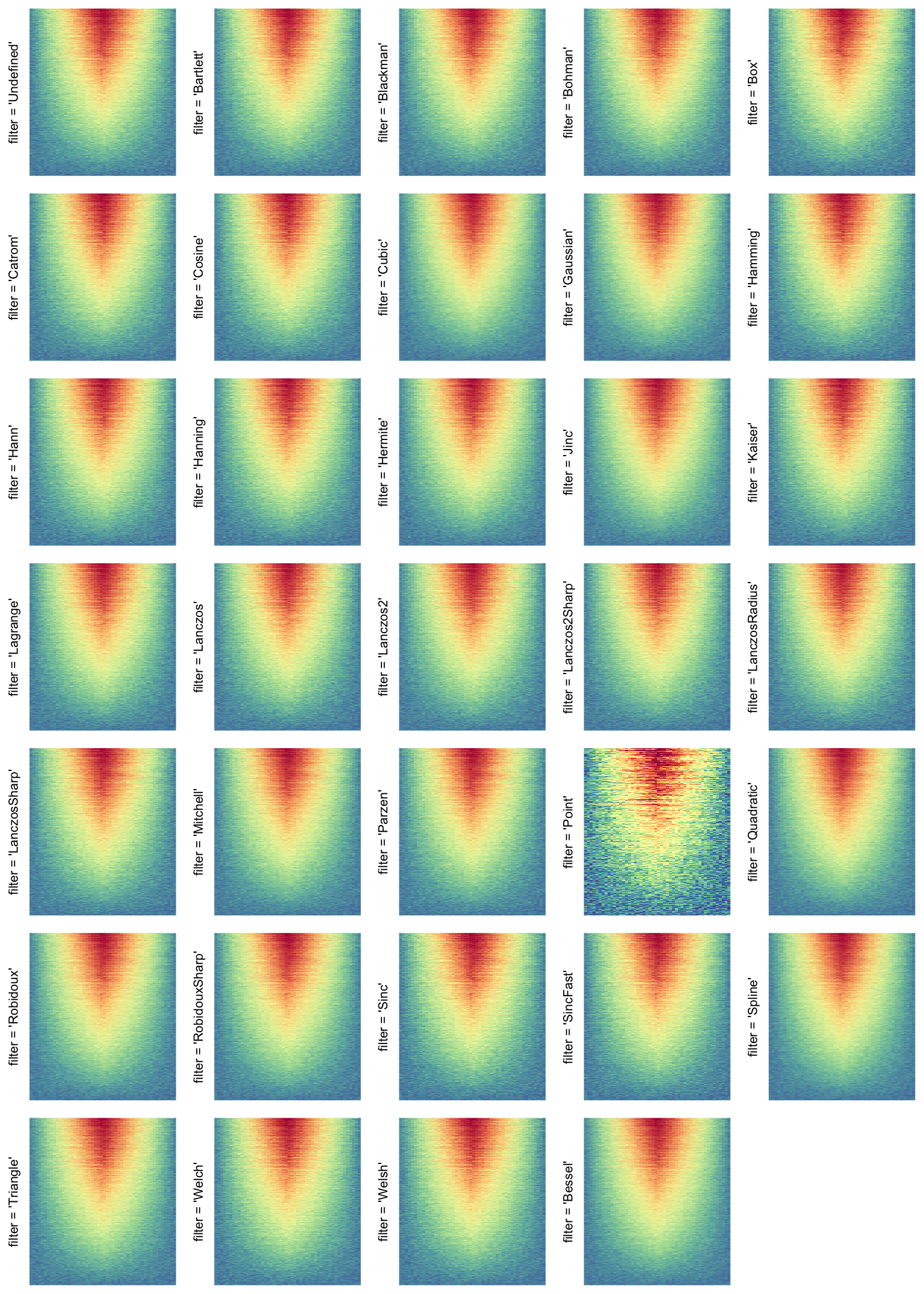
Analysis of biological processes revealed that TLR4 editing reduced processes linked to inflammation and extracellular organization. Protein mass spectrometry analysis revealed that edited cells secreted fewer proteins involved in inflammation. While cell editing lowered TLR4 expression in hMSCs, it did not affect classical markers of hMSCs, proliferation, and migration rate. This protocol achieved a 68% success rate when applied to isolated hMSCs from the heart and epicardial fat of patients with ischemic heart disease. We developed and optimized an improved electroporation protocol for CRISPR-Cas9 gene editing. We hypothesized that disrupting the toll-like receptor 4 (TLR4) gene would switch hMSCs toward a reparative phenotype and improve the outcome of cell therapy for infarct repair.

Inflammation and fibrosis limit the reparative properties of human mesenchymal stromal cells (hMSCs).


 0 kommentar(er)
0 kommentar(er)
